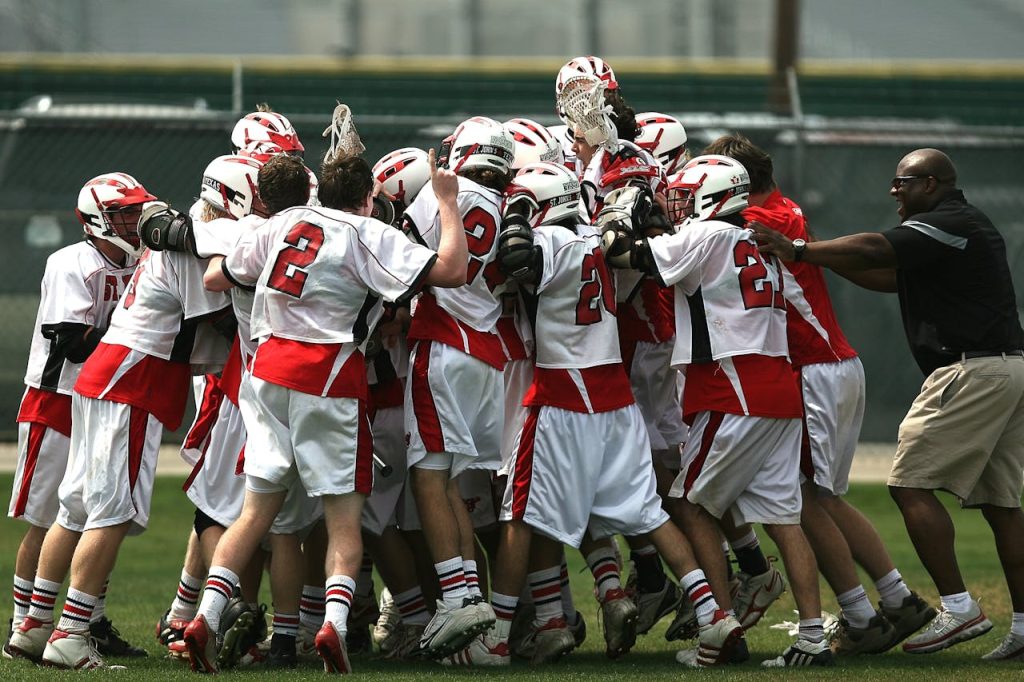
I was reading an article about the recent House v. NCAA settlement proposal and the significant shift it could make in the landscape of college athletics. This proposal has generated considerable interest and discussion, as it could lead to substantial financial benefits for former Division I athletes. But besides the fact that over 400,000 former DI athletes could benefit from NIL backpay (and some who could receive life-changing money), what are the specifics? Below I’ll break down a few basic terms, what this proposal entails, and more details that could impact the future of college athletics.
Understanding The House vs. NCAA Settlement
One of the latest developments in college sports is the possibility of former Division I athletes receiving backpay for the use of their Name, Image, and Likeness (NIL) during their college careers.
What Is NIL Backpay?
NIL backpay refers to the compensation that former college athletes could receive for the use of their name, image, and likeness during their time in college. In the past, the NCAA didn’t allow athletes to profit from their NIL, even though colleges and other organizations made money off of their performances, merchandise, and more. Recent legal actions, including the House v. NCAA case, have opened the door for former athletes to be compensated for the commercial use of their NIL.
What Are the Three Components of NIL Backpay?
The proposed NIL backpay includes three main components that could determine how much money former athletes might receive:
- Video Game Settlement: Many former athletes appeared in popular video games, like the NCAA Football series, without getting paid. This part of the backpay proposal could provide compensation for athletes whose likenesses were used in these games.
- TV Broadcast Rights: College sports are big business, and TV networks have made millions from broadcasting games. This component of backpay would compensate athletes for the revenue generated from the use of their NIL in these broadcasts.
- Social Media and Marketing Campaigns: Some athletes were featured in marketing campaigns or on social media by their schools or third parties. This component would compensate those whose NIL was used in these promotions without their permission or compensation.
Who Could Benefit from NIL Backpay?
Former Division I athletes who played before July 2021, when the NCAA changed its rules to allow current athletes to profit from their NIL, could be eligible for backpay. This means that athletes from around 2016 to 2021 might have a chance to receive compensation. It’s not just limited to football and basketball players; athletes from other sports could also benefit.
How Much Money Could Athletes Receive?
The amount of money an athlete could receive from NIL backpay will depend on several factors. These include how much their NIL was used, how much revenue was generated from it, and the overall size of the settlement fund. While it’s hard to say exactly how much each athlete could receive, some could potentially receive thousands of dollars. The settlement fund will likely be divided among eligible athletes based on a formula that considers these factors.
What Happens Next?
The NIL backpay proposal is still in the early stages, so it’s important to note that nothing is guaranteed yet. The proposal will need to be approved through legal channels, and the process could take several months to over a year. However, the fact that this proposal is even being considered is a big step forward for athletes’ rights. If the settlement is approved, it will be a landmark moment in college sports, offering long-overdue recognition and compensation to the athletes who contributed so much to their schools and the NCAA.
Why Is This Important?
The possibility of NIL backpay is more than just about money; it’s about justice and fairness. For years, college athletes generated significant revenue for their schools and the NCAA, but they were not allowed to share in the profits. This proposal is a way to right that wrong and ensure that athletes receive the compensation they deserve. This development also highlights the evolving landscape of college sports. With the NCAA’s new NIL rules allowing current athletes to profit from their NIL, the future looks brighter for athletes who dedicate so much of their time and energy to their sports.
As this situation develops, it will be important to stay informed and understand what it could mean for athletes past, present, and future. For more updates on NIL backpay and other changes in college sports, keep an eye on our blog. For more updates on the House v. NCAA settlement proposal and other NIL news, stay tuned to our blog.